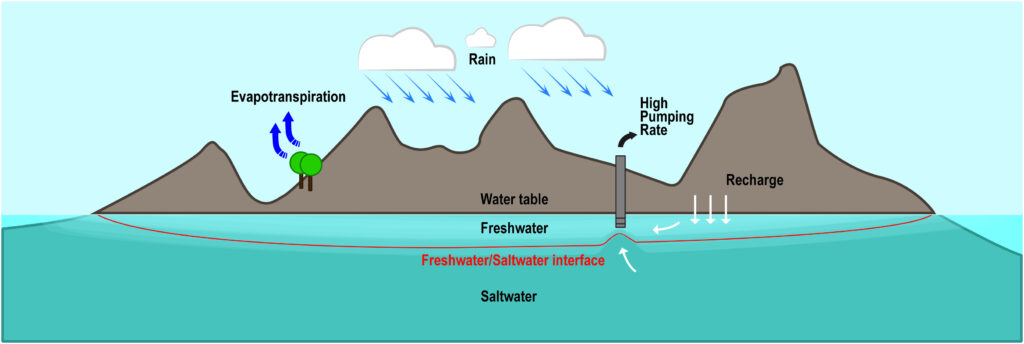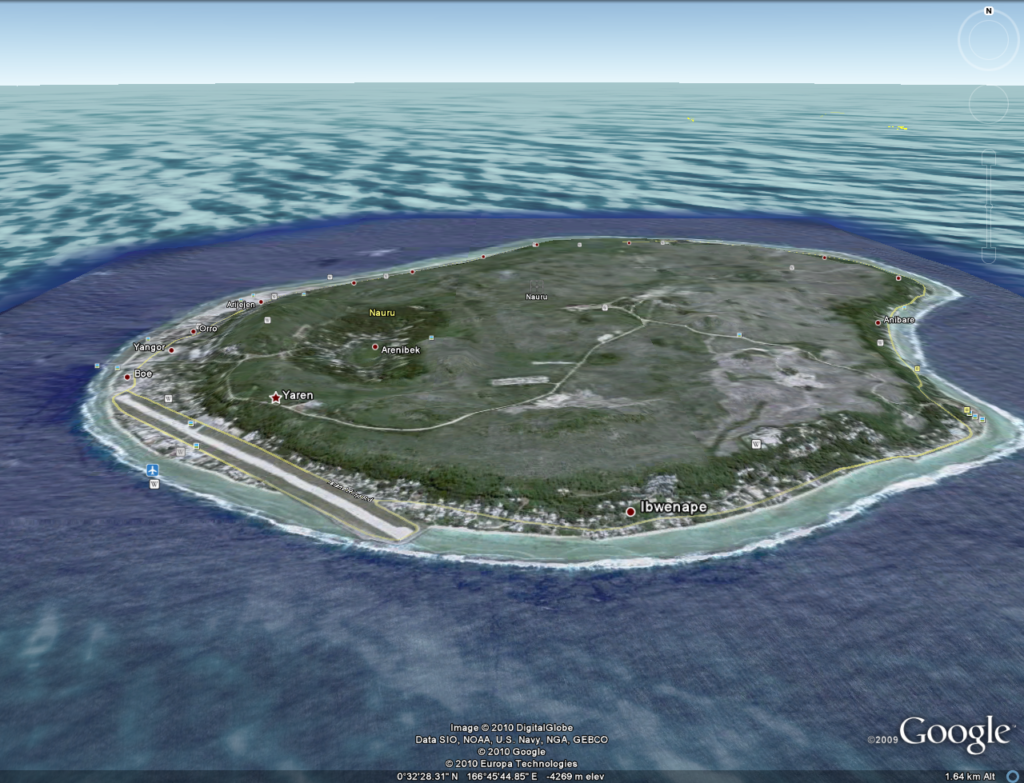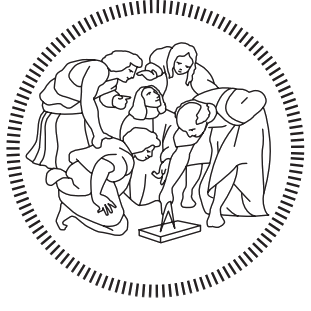NAURU: a groundwater supply project

Aim of the project
The NAURU project, financed by Milano Municipality within Expo 2015 actions, focuses on water supply improvement. The NAURU project aims to start the exploitation of GW resources in the central plateau of Nauru island making available an additional water resource and avoiding the saltwater intrusion problem. The purpose is to provide Nauru with new infrastructures for the groundwater exploitation and directives for its sustainable management.
Overview
The integrated and sustainable management of water resources in small Pacific islands is vital for the health and social well being, the protection of the environments and the development of the economies. Groundwater occurs on small islands as either perched (high level) or basal (low level) aquifers. Usually groundwater lenses represent the main high quality and naturally occurring freshwater resource in small islands. Perched aquifers commonly occur over horizontal confining layers (aquicludes). Basal aquifers consist of unconfined, partially confined or confined freshwater bodies which form at or below sea level. On many small coral and limestone islands, the basal aquifer takes the form of a freshwater lens (or groundwater lens) which underlies the whole island. These lenses of fresh groundwater accumulate from rainfall percolating through the soil zone and reside in fragile hydrodynamic equilibrium with the underlying saltwater, separated by slight differences in density. The base of the freshwater zone can be defined on the basis of a salinity criterion such as chloride ion concentration or electrical conductivity.
- Where conditions are favourable, surface water can occur on small islands in the form of ephemeral and perennial streams and springs, and as freshwater lagoons, lakes and swamps.
- Usually groundwater lenses represent the main naturally occurring freshwater resource but aquifers are vulnerable to saline intrusion owing to the freshwater-seawater interaction, and must be carefully managed to avoid over-exploitation and consequent seawater intrusion.

Water supply and concerns in small islands
Issues
- Freshwater availability
- Insufficient knowledge of hydrogeology
- Water quality degradation
- Vulnerability of water resources
- Inappropriate technology and methods
- Water leakage and other losses
- Insufficient community education
Uses
- Water supply for human settlements
- Industrial and mining
- Agriculture and forestry
- Tourism
- Environmental needs

Nauru
The Republic of Nauru is an isolated, uplifted limestone island located 41 km south of the equator. The island is surrounded by a fringing coral reef between 120 and 300 meters wide. The reef drops away sharply on the seaward edge, at an angle of about 40°, to a depth of about 4000 meters. Apart from Buada Lagoon, there are no surface freshwater resources on Nauru, although there are a few brackish ponds near the base of the escarpment. The water table is at an average elevation of 0.3 m above the sea level, and groundwater flows from the center of the island toward the sea.

Work Packages
- Collection of previous studies and available data
- Hydrogeological parameters survey
- Elaborations
- GIS implementation
- Mathematical modeling of groundwater flow and salt water intrusion
- Identification of areas where groundwater exploitation could increase salt water intrusion
Work Package 2: Infrastructure design for groundwater supply
Work Package 3: Infrastructure installation
Work Package 4: Dissemination, personnel formation and documentation release
Documents
Activities Report – November 2010
Activities Report – October 2011
Project presentation – 2012
Nauru report – July 2011
Alberti, L., La Licata, I., & Cantone, M. (2017). Saltwater Intrusion and Freshwater Storage in Sand Sediments along the Coastline: Hydrogeological Investigations and Groundwater Modeling of Nauru Island. Water, 9(10), 788. https://doi.org/10.3390/w9100788
Alberti, L.; Antelmi, M.; Oberto, G.; La Licata, I.; Mazzon, P (2022). Evaluation of Fresh Groundwater Lens Volume and Its Possible Use in Nauru Island. Water 2022, 14, 3201. https://doi.org/10.3390/w14203201



